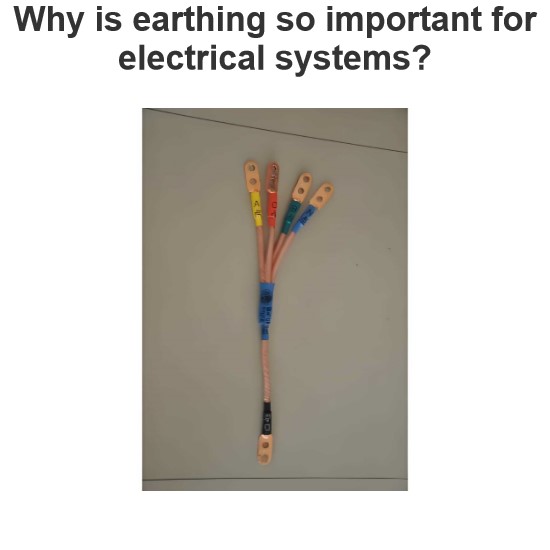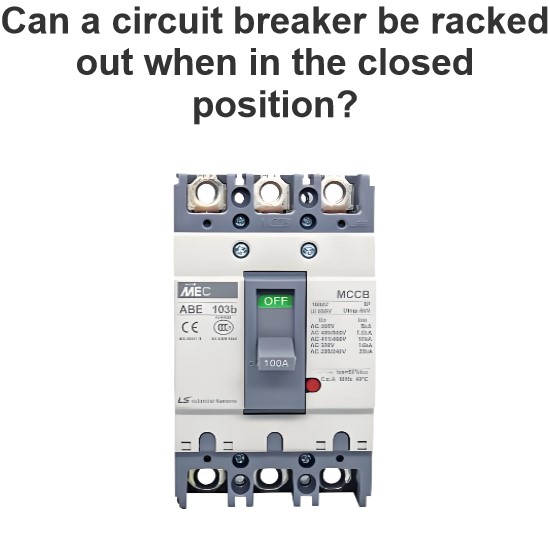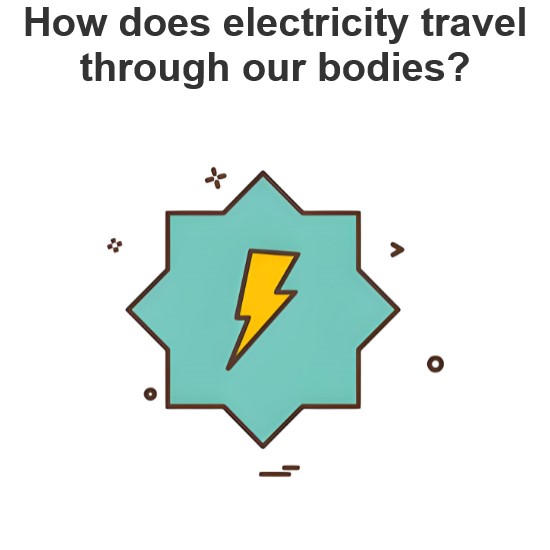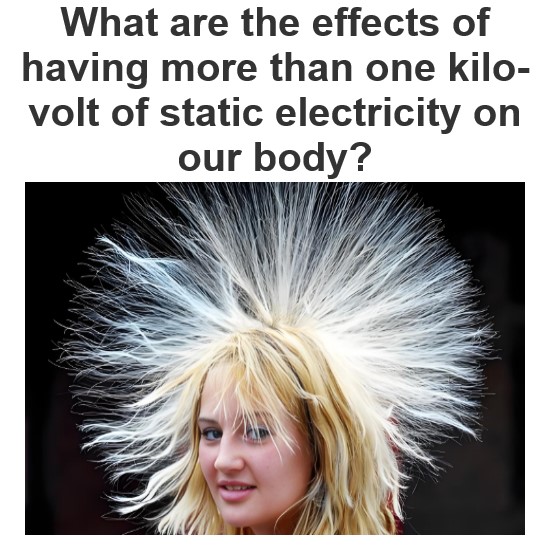How do wind turbines generate electricity without an external power source?
In the absence of an external power source, a wind turbine can generate electricity in the following ways:
I. Principle of wind-driven operation
Conversion of wind energy into mechanical energy
The blades of a wind turbine are designed in a specific shape. When the wind blows over the blades, due to the special shape of the blades and the principles of aerodynamics, the kinetic energy of the wind is converted into the rotational mechanical energy of the blades.
For example, the blades of a large wind turbine are usually several tens of meters long and have a shape similar to an airplane wing. When the wind blows at a certain speed over the blades, the airflow velocities on the upper and lower surfaces of the blades are different, thereby generating a pressure difference and pushing the blades to rotate.
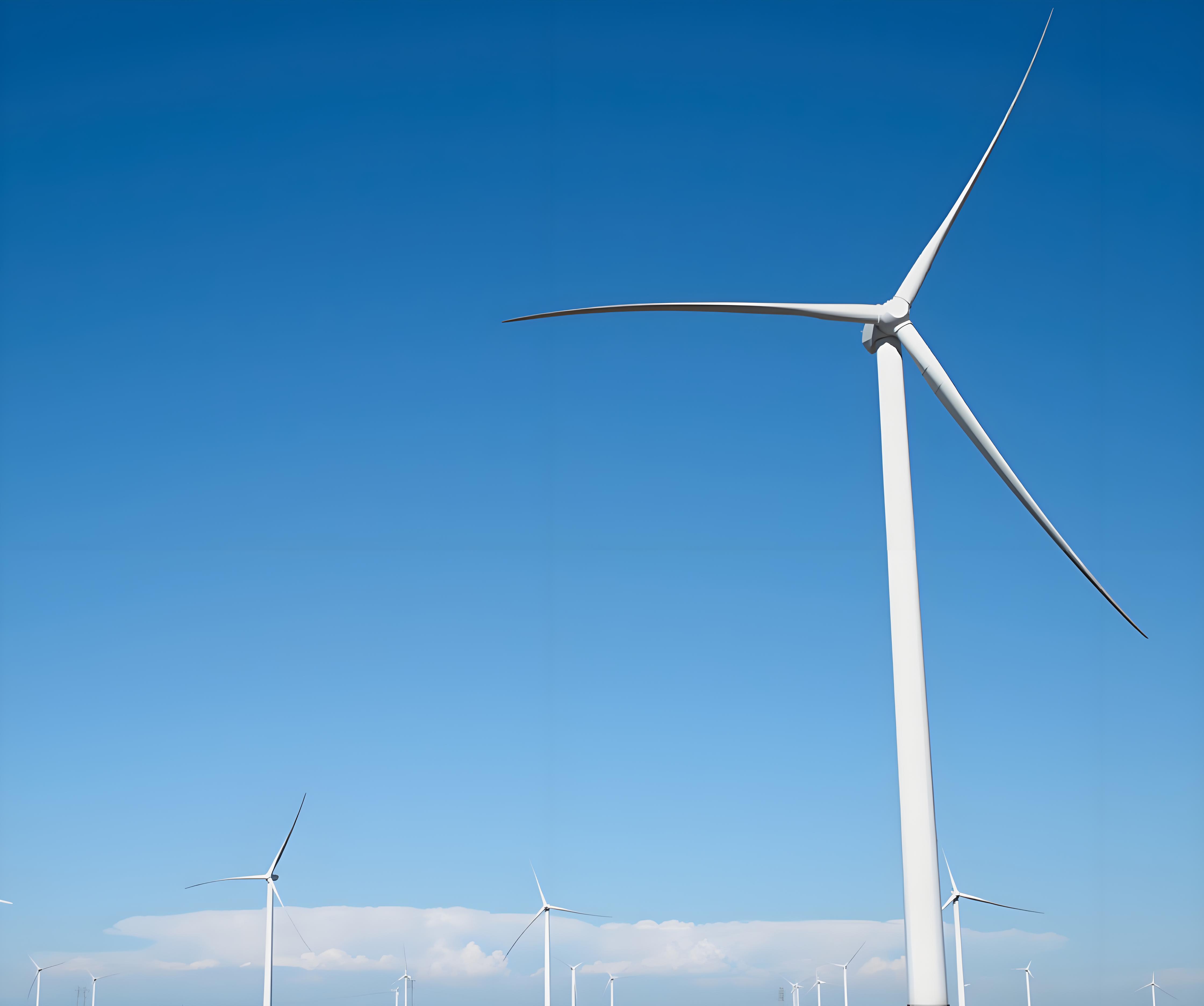
Transmission of mechanical energy by the transmission system
The rotation of the blades is transmitted to the rotor of the generator through the transmission system. The transmission system usually includes components such as a gearbox and a transmission shaft. Its function is to convert the low-speed, high-torque rotation of the blades into the high-speed, low-torque rotation required by the generator.
For example, in some wind turbines, the gearbox can increase the rotational speed of the blades by several tens or even hundreds of times to meet the speed requirements of the generator.
II. Working principle of the generator
Electricity generation by electromagnetic induction
Wind turbines usually use asynchronous generators or synchronous generators. In the absence of an external power source, the rotor of the generator rotates under the drive of the blades, cutting the magnetic field in the stator winding and thereby generating an induced electromotive force.
According to the law of electromagnetic induction, when a conductor moves in a magnetic field, an induced electromotive force is generated at the two ends of the conductor. In a wind turbine, the rotor of the generator is equivalent to a conductor, and the magnetic field in the stator winding is generated by permanent magnets or excitation windings.
For example, the rotor of an asynchronous generator is a squirrel-cage structure. When the rotor rotates in the magnetic field, the conductors in the rotor cut the magnetic field and generate an induced current. This induced current in turn generates a magnetic field in the rotor, which interacts with the magnetic field in the stator winding, thereby causing the rotor to continue rotating.
Self-excitation and voltage building
For some synchronous generators, voltage building by self-excitation is required to establish the initial magnetic field. Self-excitation and voltage building refers to using the residual magnetism of the generator and the armature reaction to establish the output voltage of the generator in the absence of an external power source.
When the rotor of the generator rotates, due to the existence of residual magnetism, a weak induced electromotive force is generated in the stator winding. This induced electromotive force passes through the rectifier and regulator in the excitation circuit to excite the excitation winding, thereby strengthening the magnetic field in the stator winding. As the magnetic field increases, the induced electromotive force will gradually increase until it reaches the rated output voltage of the generator.
III. Power output and control
Power output
The electricity generated by the generator is transmitted to the power grid or local loads through cables. During the transmission process, it needs to be stepped up or down by a transformer to meet different voltage requirements.
For example, the electricity generated by large wind turbines usually needs to be stepped up by a step-up transformer before it can be connected to the high-voltage power grid for long-distance transmission.
Control and protection
In order to ensure the safe and stable operation of the wind turbine, it needs to be controlled and protected. The control system can adjust the angle of the blades, the rotational speed of the generator, etc. according to parameters such as wind speed, wind direction, and generator output power to achieve the best power generation efficiency and protect the equipment.
For example, when the wind speed is too high, the control system can adjust the angle of the blades to reduce the force-bearing area of the blades to prevent the wind turbine from being damaged by overload. At the same time, the control system can also monitor parameters such as the output voltage, current, and frequency of the generator. When abnormal conditions occur, it can cut off the power supply in time to protect the safety of the equipment and personnel.
The Electricity Encyclopedia is dedicated to accelerating the dissemination and application of electricity knowledge and adding impetus to the development and innovation of the electricity industry.

